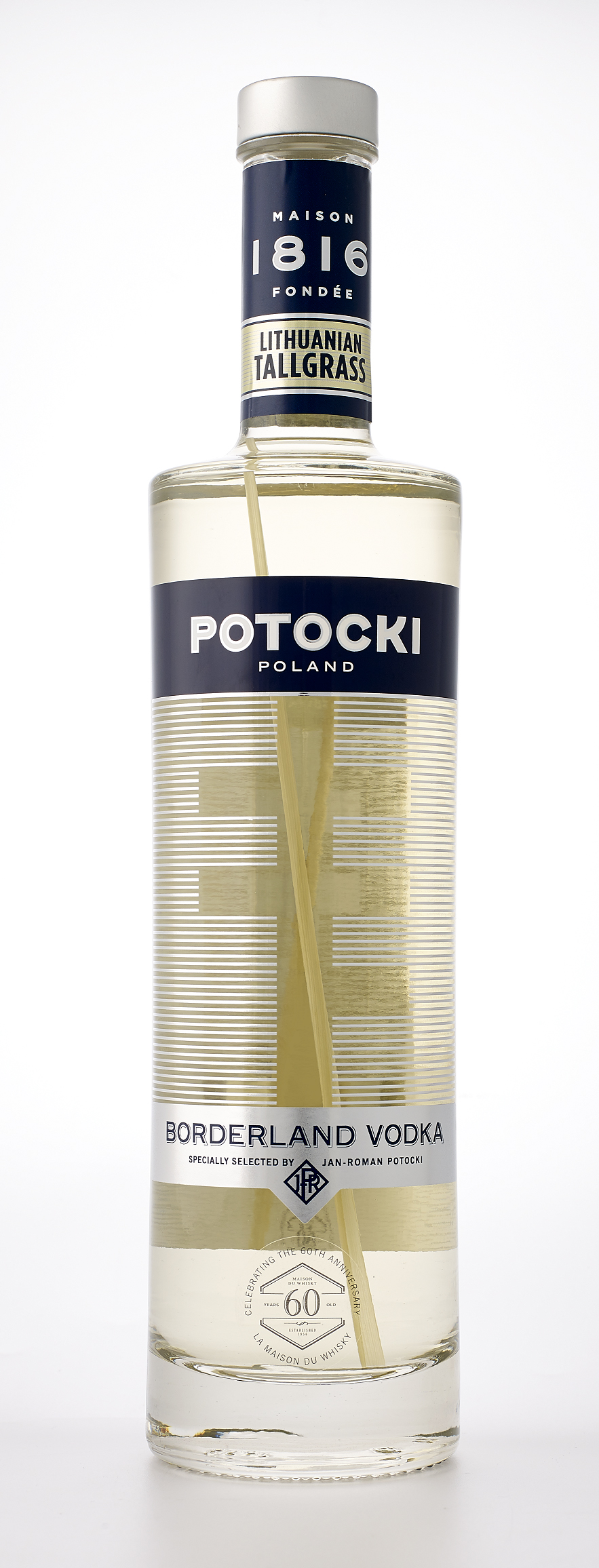 POTOCKI LITHUANIAN TALLGRASS
POTOCKI LITHUANIAN TALLGRASS
When Lithuania united with Poland in 1569, most of its territory was densely forested and home to wolves, bears, lynx, moose, deer and bison. Winter wolf hunts were in fact common on Lithuanian landed estates until 1939. Some of this pristine environment survived to this day in the forest of Białowieza, now a World Heritage site, covering 140,000 ha of primeval forest, which straddles Poland and Bielorussia.
History: In the sixteenth century, Sigismund I Jagiełło, Grand Duke of Lithuania and King of Poland, created a royal hunting reserve in the forests of Białowieza, thus protecting Polish bison for posterity. Tallgrass thrives in its cool and shaded meadows, hence its popular name of ‘bison’ grass. It has been used to flavour vodka by Polish and Lithuanian nobility for centuries, and in the 1920s and 1930s, our family distillery in Łancut produced a ‘bison’ vodka.
Botanicals: Its aromatic properties confer Lithuanian Tallgrass (lat. hierochloe odorata) a subtle sweet taste and a particularly fragrant aroma. In fact dried stems of tallgrass have traditionally been used in religious ceremonies, across many cultures. Hence hierochloe odorata translates from Latin as ‘fragrant holy grass’.
Production: Today, Lithuanian Tallgrass is produced by carefully macerating dried, hand picked blades for maximum flavour. A hint of spice enhances its naturally sweet aroma.
Taste: Pale yellow. Notes of fresh grass, lemon and anise lend the initial nose generous helpings of freshness and vivaciousness. Juicier citrus fruits (orange, tangerine) and sweet spices (cumin, cinnamon) then make their entrance. The attack on the palate is an extension of this aromatic palette, featuring new spices (pepper, star anise) feeding in to an open and willing palate. Particularly voluptuous, the vanilla-scented effect at the end of the palate lets freshly picked herbs take centre stage alongside roasted notes (coffee, toasted hazelnuts).
BCLD SPEC +33798
500 ML 39% AVB
6 bottles to a case
